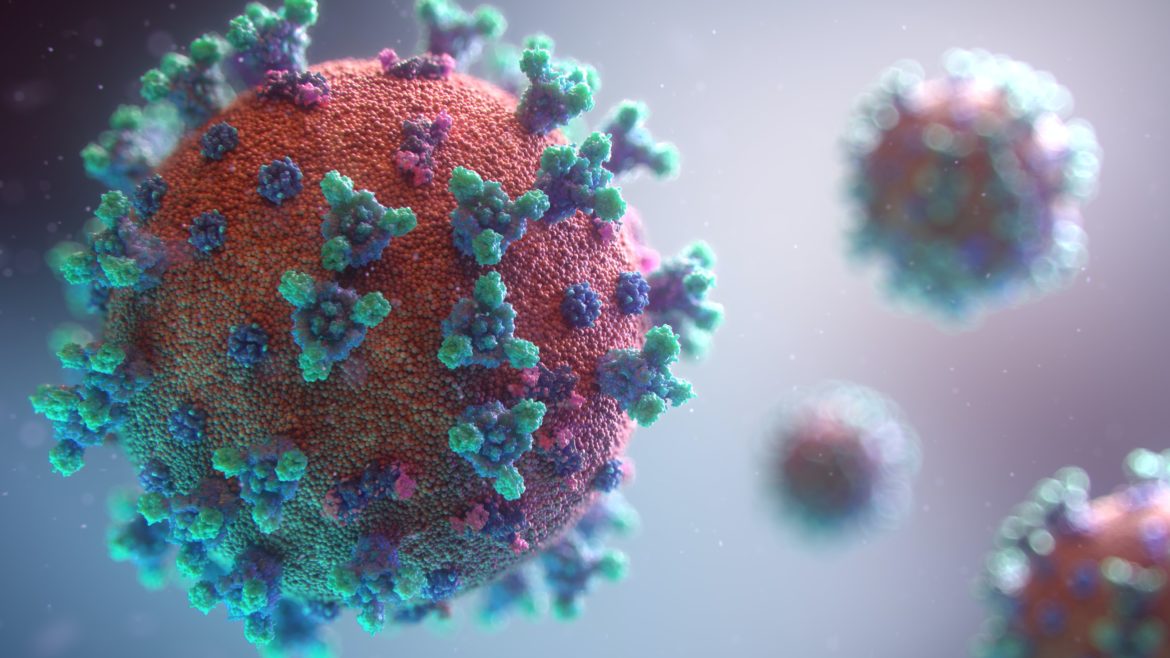Luigi Donato, Concetta Scimone, Simona Alibrandi, Alessandra Costa, Fabiana Nicita, Rosalia D’Angelo, Antonina Sidoti
Summary
The pandemic COVID-19, caused by the severe acute respiratory syndrome coronavirus 2 (SARSCoV-2), has become a widespread problem for world population health. The novel coronavirus manifested a highly contagiousness, causing severe respiratory syndrome able to lead to death, especially in risk patients with preexisting diseases (e.g. cardiovascular, gastrointestinal and respiratory diseases, cancer). About ophthalmic comorbidities, only relationship with conjunctivitis and clinical retinal findings were reported in COVID-19 patients. Furthermore, even if detection of SARS-CoV-2 in human retinas was proved, the molecular mechanisms by which the virus could alter the homeostasis of retinal cells is still unknown. We analyzed common biological pathways genes shared by retinitis pigmentosa and the COVID-19 by newest bioinformatics tools, trying to unveil new biological mechanisms which might involve the SARS-CoV-2 (e.g. entry in retinal host cells or passage to nervous system and bloodstream) and to identify new biomarkers useful to predict the increased susceptibility towards SARS-CoV-2.
References
- Baloch, S., M.A. Baloch, T. Zheng, and X.Pei, The Coronavirus Disease 2019 (COVID-19) Pandemic. Tohoku J Exp Med, 250(4): p. 271-278.
- Broto, C., D. Dibyajyoti, B.Gopalakrishnan, and R. Arijit, NetworkBased Analysis of Fatal Comorbidities of COVID-19 and Potential Therapeutics. 2020.
- Zhang, B.N., Q. Wang, T. Liu, S.Q. Dou, X.Qi, H. Jiang, B.X. Qi, B. Zhang, and Q.J.Zhou, [Expression analysis of 2019-nCoV related ACE2 and TMPRSS2 in eye tissues]. Zhonghua Yan Ke Za Zhi, 2020. 56(0): p. E011.
- Casagrande, M., A. Fitzek, K. Puschel, G. Aleshcheva, H.P. Schultheiss, L. Berneking, M.S. Spitzer, and M. Schultheiss, Detection of SARS-CoV-2 in Human Retinal Biopsies of Deceased COVID-19 Patients. Ocul Immunol Inflamm, 2020: p.1-5.
- Marinho, P.M., A.A.A. Marcos, A.C. Romano, H. Nascimento, and R. Belfort, Jr., Retinal findings in patients with COVID-19. Lancet, 2020. 395(10237): p.1610.
- Donato, L., E.M. Abdalla, C. Scimone, S. Alibrandi, C. Rinaldi, K.M. Nabil, R. D’Angelo, and A. Sidoti, Impairments of Photoreceptor Outer Segments Renewal and Phototransduction Due to a Peripherin Rare Haplotype Variant: Insights from Molecular Modeling. Int J Mol Sci, 2021. 22(7).
- Donato, L., R. D’Angelo, S. Alibrandi, C. Rinaldi, A. Sidoti, and C. Scimone, Effects of A2E-Induced Oxidative Stress on Retinal Epithelial Cells: New Insights on Differential Gene Response and Retinal Dystrophies. Antioxidants (Basel), 2020. 9(4).
- Donato, L., C. Scimone, S. Alibrandi, E.M. Abdalla, K.M. Nabil, R. D’Angelo, and A. Sidoti, New Omics-Derived Perspectives on Retinal Dystrophies: Could Ion Channels-Encoding or Related Genes Act



